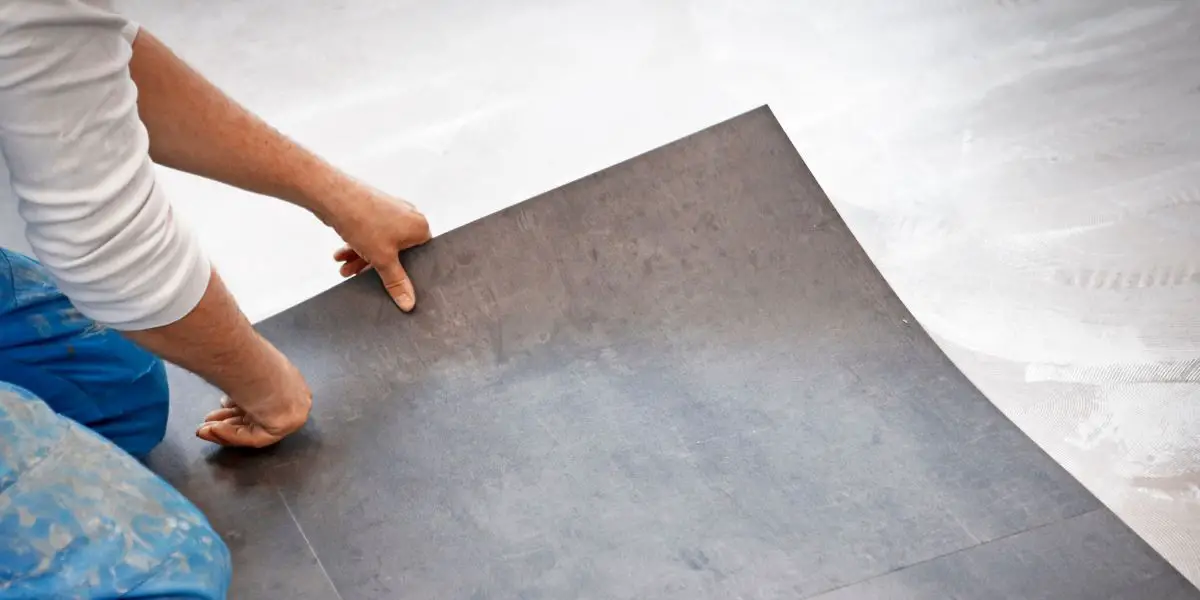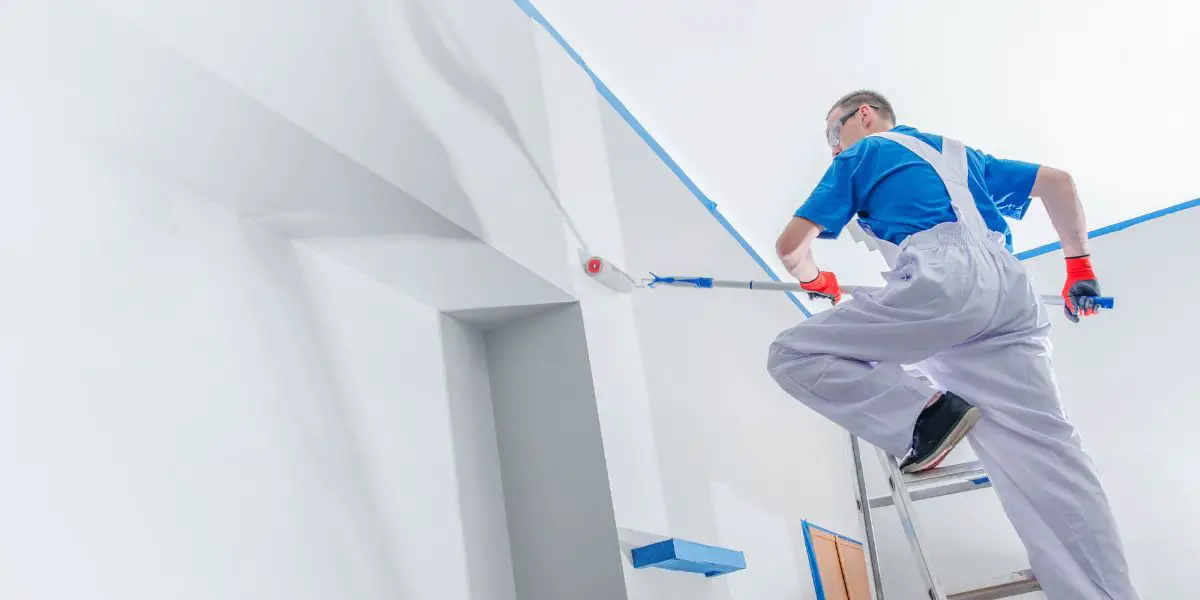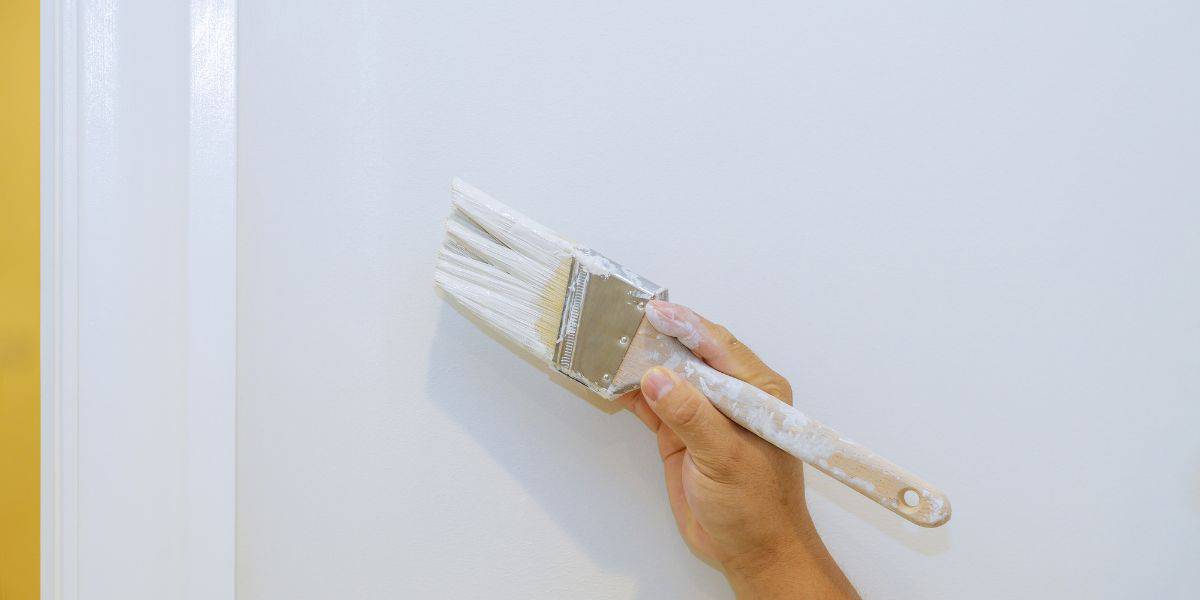Renovations or remodeling is bound to happen over the time living in a house. After being in one for several years – or a decade – there is normally desire to renovate a home – especially when you are planning to live in it for several more years. But with that comes various questions. Some very specific questions like should you remove the toilet if you want to be installing vinyl tile.
The beauty with vinyl tile is that removing the toilet isn’t necessary thanks to peel and stick tiles. However, if you’re not using this method, it’s highly recommended to remove the toilet to install vinyl tile. By not removing the toilet, you’re making the job harder for yourself – or workers – and could damage your home in the process.
To know more about those details and to ensure you avoid damaging your home, do read on.
Table of contents
Why Remove The Toilet To Install Vinyl Tiles?
There are all kinds of benefits from saying yes to “do I have to remove the toilet to install vinyl tile?” Some of these reasons can be simple things like having an overall good appearance to it being a necessary step in certain cases and will be an issue until it’s removed. So, let’s explore why this is a good thing to be doing.
Keeps Up Appearance
As I just mentioned, removing a toilet to install vinyl tile will help you keep up appearance in the bathroom. Remodeling even something as small of a room as a bathroom can get expensive. This is even if you’ve decided to do the remodeling yourself. With that in mind, it’s not smart to be cutting corners and ending up with a poorly made project after spending thousands on it.
In this case, cutting corners is not removing the toilet as you’ll soon find out that the toilet is installed in a rather peculiar position unlike other items in the bathroom. By cutting corners and not removing the toilet, people will notice the unprofessional installation and not in a good way.
It’ll Make the Job Way Easier
Hinted above, the toilet is in a unique position in the bathroom – particularly when it comes to flooring. You see, the bathroom has certainly been renovated and remodeled over the years and you’ll notice that when cutting away at the flooring to place vinyl tiles. You’ll notice there is an existing flooring already in place.
You’ll likely need to remove that but the thing with these layers is that the toilet is installed on top of the existing flooring, never underneath pre-existing ones. This suggests that prior individuals removed the toilet and reinstalled it afterwards. Why?
Part of that comes down to the material that the flooring uses. In certain circumstances, removing the flooring while leaving the toilet installed would be impossible to do. You’ll definitely run into this if you’re trying to cut flooring that’s ceramic tile or wood. In the case of vinyl, it’s still very annoying and better to remove it.
Toilets Are Weirdly Shaped And Best Removed When Remodeling
On top of that, if you’re still thinking of going ahead and not removing the toilet, you’ve got to deal with the unique design of the toilet. The base of the toilet is often oddly shaped with several curves and rounded corners. When cutting flooring around these obstacles, you’re going to run into trouble. Even the most experienced flooring installers will have issues with that.
When the toilet is removed, you’re able to carry the tile up to the toilet flange. When it’s reinstalled, it can cover the edges around the flange as it nothing had changed.
You Avoid Other Future Problems
Another consideration is what happens if the toilet needs replacing? What will you do if the toilet stops working? While it’s easy to think that it’s a matter of getting rid of an old toilet and buying any new one, it’s not so simple. Toilets have completely different base footprints depending on the company, manufacturer, and the year it’s made. Because of all these factors, your chances of finding a toilet with the exact footprint as your previous toilet is next to zero.
What this means is that you’ll need to buy completely new flooring and a new toilet just because you wanted to cut corners in the past.
It’s Sanitary
Another consideration to keep in mind is that since you are removing a toilet, you will get to see a bit of the piping around the toilet. While it’s not going to be happening all that often, installers could spot problems with the toilet and could be solved with the help of a plumber. Specifically, installers can check the wax ring and the toilet flange. These two things – if they’re failing – allow sewage to seep into the home.
As such, by removing the toilet, you’ll be able to see whether these two things are still working or not. You can’t figure that out if a toilet is still planted in the flooring. Naturally, if sewage is able to seep up into the flooring not only will it smell terrible, but it can develop mold and cause a lot of damage to the bathroom and the rest of the house over time.
You’ll Have More Room To Work With
Even if this is just a flooring job, a flooring job requires the entirety of the floor regardless. When setting tiles, it helps to have as much room as possible to move around the area and to have everything properly in place. You’re only shooting yourself in the foot by keeping the toilet in the pre-existing flooring and making it very difficult to put proper tiles in around the toilet itself.
Is There A Case To Not Remove A Toilet?
If for some reason your toilet isn’t going to budge or you have a small budget to work with, there are some alternatives where not removing the toilet is not that big of a deal. Thanks to the development of the flooring industry, installing tiles of any kind has gotten easier over time.
Introducing peel and stick tile. As the name suggests, this type of tile involves peeling it and sticking it down. Because of this, there isn’t as much of a need to remove the toilet when using this method. That said, there are some measures to take.
For this to work, you’ll need to tile under the toilet bowl all the way to the edge of the base. Then you’ll need to edge it with silicone caulk. This creates a waterproof seal around it. The beauty about vinyl tile is the fact it’s easier to cut compared to ceramic tile and hardwood so in this unique situation it can work if you have no other option.
The other consideration against removing toilets when installing vinyl flooring is the reinstallation process. If you are doing it yourself, it could present problems as the toilet could be poorly installed and wobble on top of the new flooring. Furthermore, by removing it and not securing the water line properly, you’re opening the door to potential leaks in the future.
There Are Risks And Rewards On Both Sides
Do I have to remove the toilet to install vinyl tile? While it is a smart decision, there is still some risk involved in it. I’d advise seeking professional help at least when it comes to the removal and reinstallation of your toilet.
And if in the event it’s not in the budget, you are able to work around it if you’re planning to install vinyl tile in the bathroom specifically. Just be sure to use plenty of caulk around the base of the toilet to prevent water damage and leaks.




